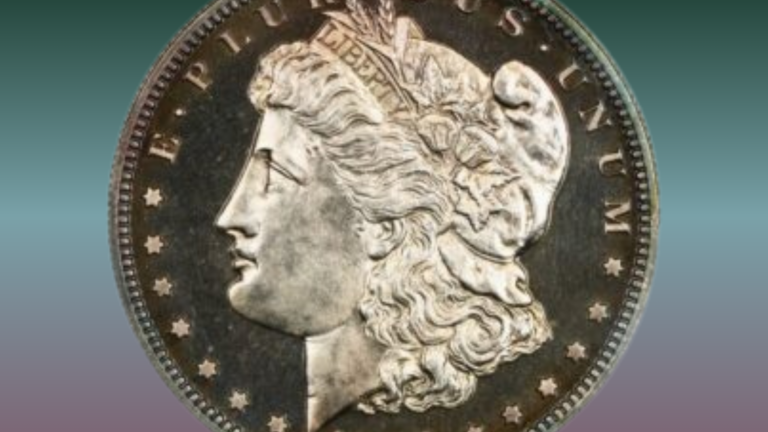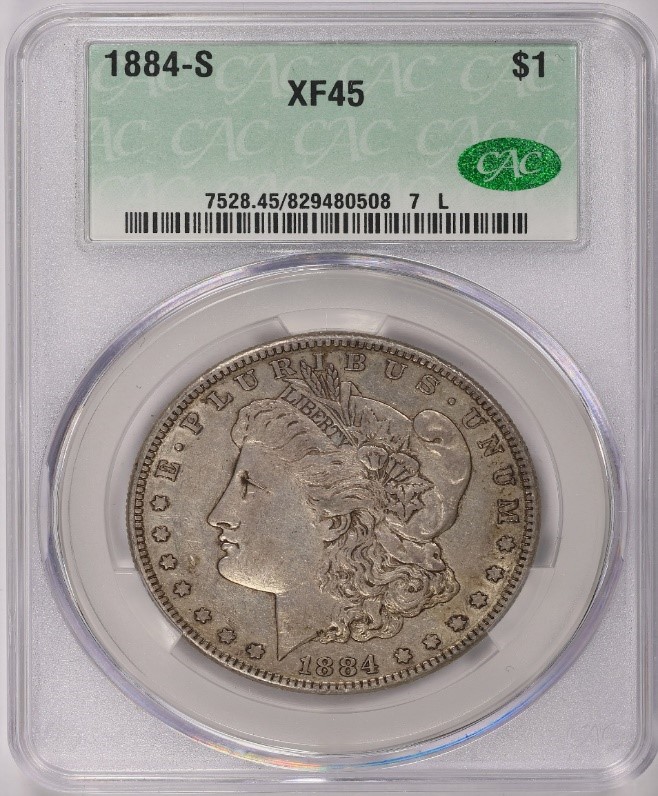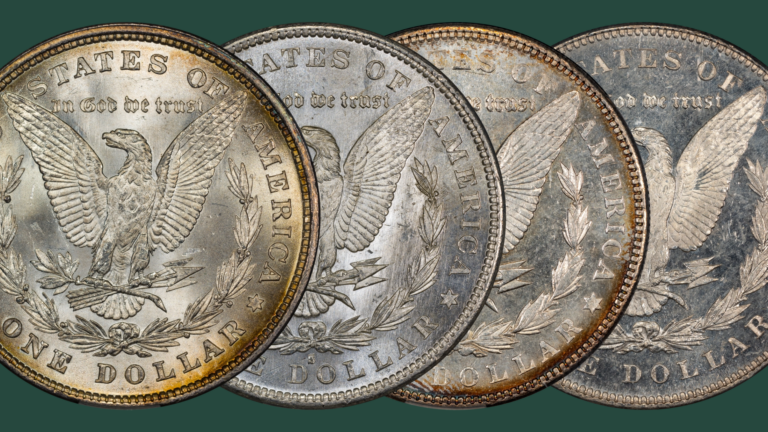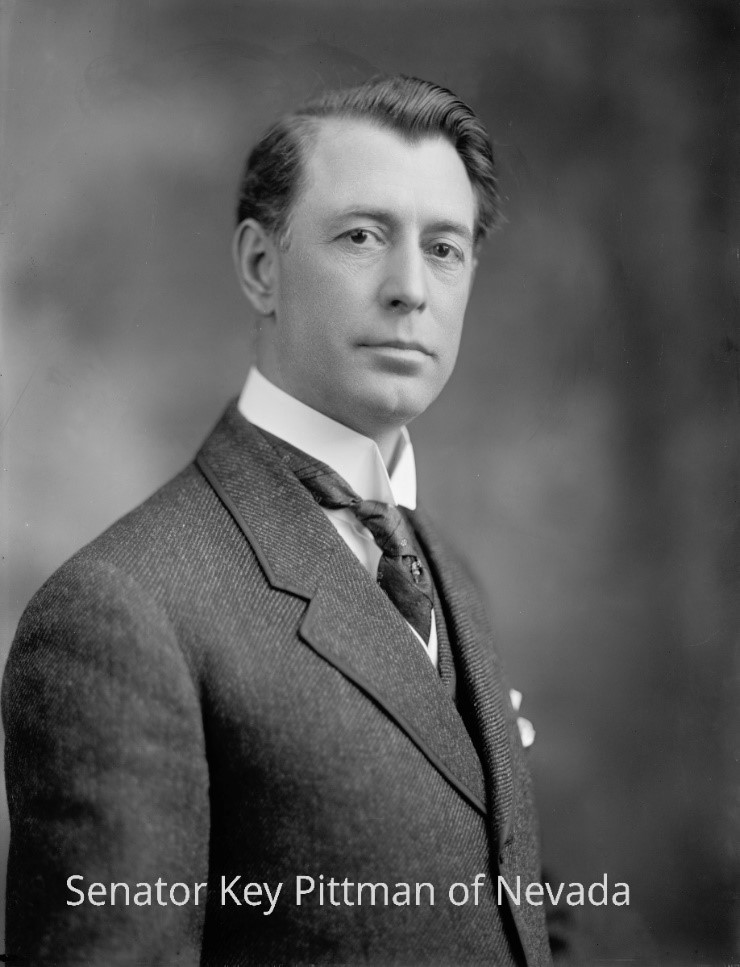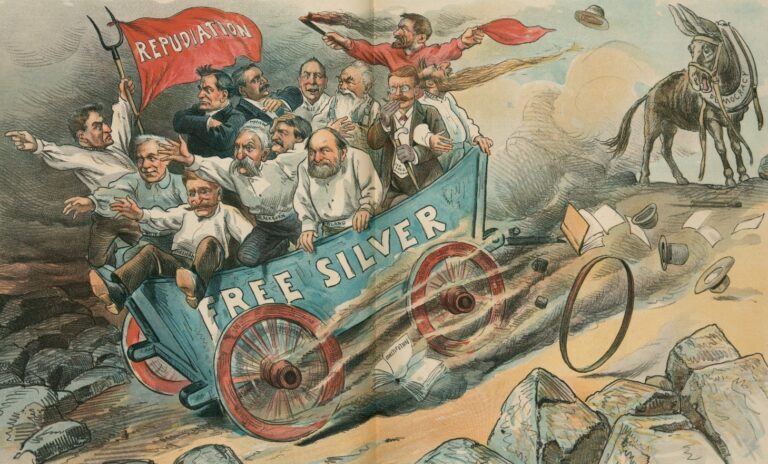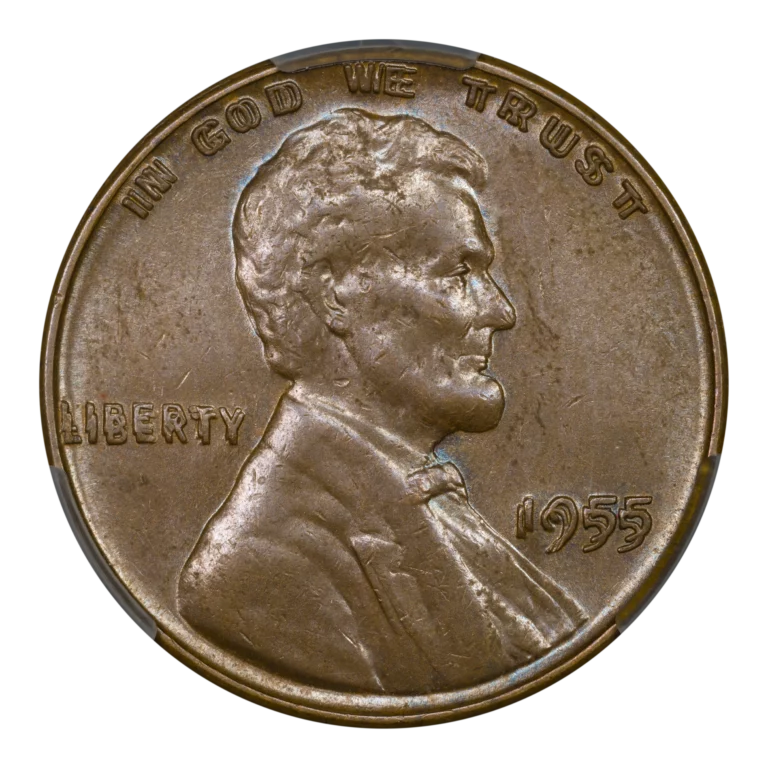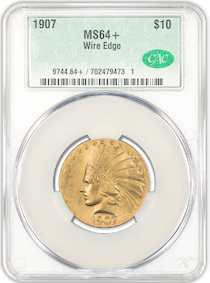by Greg Reynolds
Although business strike Barber quarters were minted from 1892 to 1916, Proof Barber quarters were not produced in 1916. They were struck every year at the Philadelphia Mint from 1892 to 1915. It is easy to assemble a complete set.
Thousands of U.S. citizens were collecting coins during this time period. From the 1870s until 1915 or so, many people, not only coin collectors and dealers, obtained Proof coins directly from the Philadelphia Mint. Indeed, Proof sets were and still are popular gifts.
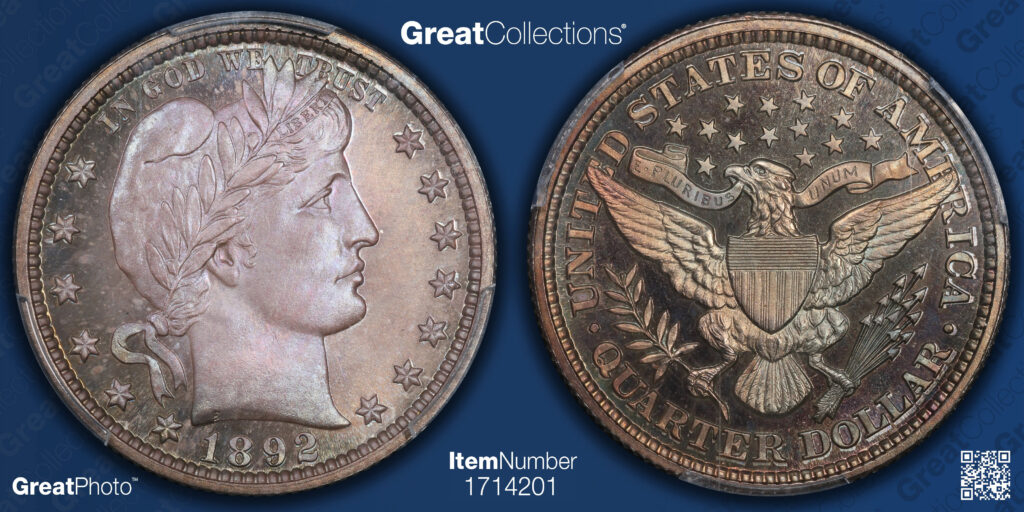
All Proof Barber quarters were minted in Philadelphia, and are of the standard format for Proof silver coins, so-called ‘Brilliant Proofs.’ There are no matte or ‘sandblast finish’ Proof Barber quarters. Brilliant Proof coins are not always brilliant; the term ‘Brilliant Proof’ refers to an extremely important category of coins. The vast majority of Proof coins minted in the world since the 1700s are ‘Brilliant Proofs,’ even the ones that are not brilliant.
There are no very rare Proof Barber quarters. There survive at least 250 Proofs of each date. There is not a need to spend a large sum of money on any one Proof Barber quarter to complete a set.
Meaning of Cameo Designations
Grading services designate some ‘Brilliant Proof’ coins as having a ‘Cameo’ (CAM) or a ‘Deep Cameo’ (DCAM) contrast. Particular methods of treatment of the dies resulted in central or all design elements having an apparent whitish finish, which may tone colorfully over time. Treatment of the recessed areas of the dies sometimes leads to an illusion that design elements were painted or coated white; there was no painting. Before Cameo Proof coins were struck, the metal inside recessed areas of the dies was treated at the mint.
On most coins, including Barber coins, the design elements on dies are ‘incuse,’ below surface level. While a coin is being struck from obverse (head) and reverse (tail) dies in a press, metal from the prepared blank (planchet) flows into the recessed areas on the dies to form the design elements, including numerals, letters and a portrait of Miss Liberty in the case of Barber coins. Before striking a Proof coin, craftsmen at the mint sometimes applied an acidic solution or substance to these recessed areas, below surface level, and/or they engaged in micro-grinding, microscopic changes in the metal in the recessed areas. At times, not currently verifiable liquids or pastes were sometimes used as well to modify the nature of the design elements in the recessed areas of dies used to mint vintage Proof coins.
Depending upon the extent and kind of treatment of the recessed areas of dies and the degree of polishing of the blank fields of the dies, the degree of Cameo contrast on a Proof coin may vary from none to being extremely stark. In many cases, the fields (blank areas) of the dies used to make Brilliant Proof coins were heavily polished to the point that the fields on the coins were ultra-smooth and extremely reflective, almost like true mirrors. For some vintage Proof coins, the planchets (prepared blanks) were polished as well.
In the realm of coin collecting, the term ‘Cameo’ refers to the contrast between design elements with a particular kind of finish and smooth, very reflective fields. On Cameo Proof coins, this contrast is present in degrees rather than being totally comprehensive.
A substantial level of such contrast qualifies a coin for a ‘CAM’ designation, and much bolder and more complete contrast qualifies a coin for a ‘DCAM’ designation. There will always be controversies regarding the distinction between CAM and DCAM. Also, a coin may have a partially Cameo contrast without qualifying for a CAM designation.
Value of Cameo Designations
I may prefer a coin with a ‘CAM’ designation to a coin of the same date, type and numerical grade with a ‘DCAM’ designation, especially if the coin with a CAM designation has pleasant natural toning. The relatively colorless DCAM Proofs are not my favorite coins.
It is not unusual for me to prefer a Proof coin without a designation to one with a ‘CAM’ or “DCAM’ designation, especially if the preferred coin has really appealing natural toning. Ultimately, the buyer should decide whether a specific coin is desirable, whether a CAM or DCAM designation is particularly important, and the value of the respective coin to him or her. There is no collecting advice that is applicable to everyone.
On Aug. 13, 2024, Stack’s Bowers auctioned a CACG certified Proof-67+ CAM 1893 quarter for $7200. I examined this 1893 and found it to be a great coin, though collectors could certainly acquire a gem quality, Proof 1893 quarter for less than $7200. If this Proof 1893 quarter did not have a CAM designation or a Cameo contrast, it probably would have then realized around half as much. A CAC approved Proof-66 1893 quarter may have then cost around one-third as much.
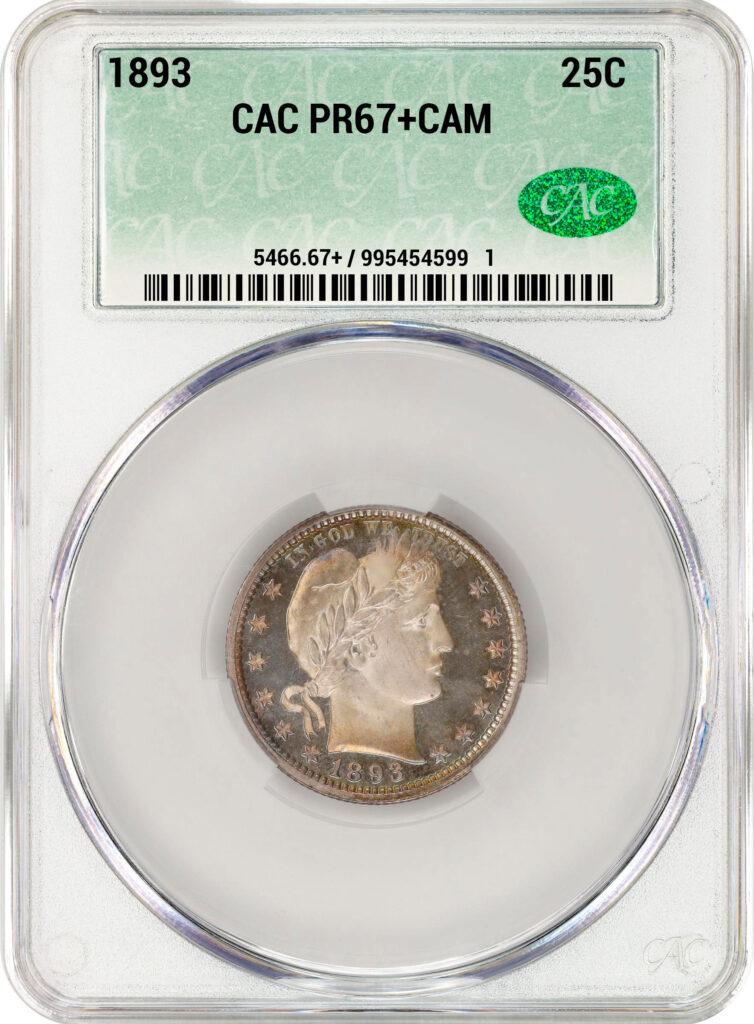
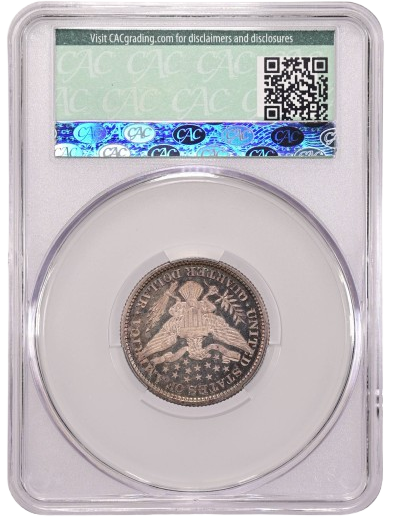
Ever since grading services began to assign ‘Cameo’ designations to Proof coins, collectors have paid premiums for a ‘CAM’ designation. Collectors seeking to build highly ranked registry sets will often pay huge premiums for ‘DCAM’ designations.
In the CACG set registry, most Proof Barber quarters are rated as four points. For all Proof Barber quarters, a CAM designation is worth an additional point, and a DCAM designation is worth two additional points. To assemble one of the highest rated sets of Proof Barber quarters, there would be a need to acquire a sizable number with DCAM designations. Not everyone can afford them, as the premium for a DCAM designation is huge for some dates in the series.
There is no need to have a registry set in order to enjoy building a set of Proof Barber quarters. A Proof coin without any such designation may have wonderfully mirrored fields and/or very attractive toning. Indeed, Proof Barber coins are often characterized by natural blue, green, orange-russet and brown-russet tones, sometimes accompanied by red, lilac, gold, peach or amber hues. Some such colors stem from the original mint wrappers that were used at the Philadelphia Mint to package Proof Barber quarters.
During the middle of the twentieth century, many collectors put their coins in Wayte Raymond ‘National’ albums or boards. Coins stored in these and a few other often used brands of albums tended to tone colorfully over a period of many years or decades.
It was very common for collectors of Barber coins to use such albums or boards. In the middle of the twentieth century, Barber coins were very inexpensive. Unfortunately, much natural toning has been destroyed by the practice of dipping, the immersion of coins in an acid-based potion, with the idea of stripping layers and brightening.
Many coins qualify for ‘Cameo’ (CAM) or ‘Deep Cameo’ (DCAM) designations after having been dipped, coins that did not so qualify before being dipped in an acidic solution. It is an opinion as to whether a brightened coin, with bright mirrored surfaces and ‘frosted’ devices, is more desirable than a not so bright, relatively original coin with gradually developed natural colors.
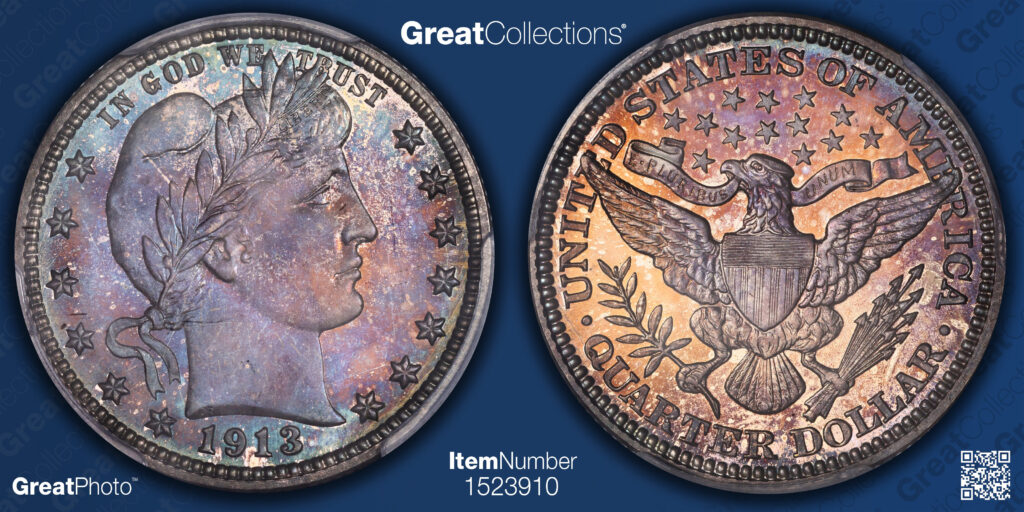
Usually, I prefer original coins with natural colors, even if somewhat dark. I understand the views of others in this regard. Collectors should and usually will decide for themselves. My view that dipping leads to a net benefit only in a small percentage of cases, however, is not heavily supported, as the practice of dipping is widely accepted within the coin business.

Relative Scarcity
Dipped or not, the vast majority of surviving Proof Barber coins qualify for grades in the range of 63 to 68. Proof Barber coins that grade below 64 tend to have many hairlines, annoying scratches, contact marks, mild discoloration and/or other readily noticeable imperfections. The number of sub-64 grade Proof Barber quarters in the CAC population report is not large, one hundred as Proof-63, twenty-four as Proof-62, six as Proof-61 and just one as Proof-60, plus two that grade below 60, as of March 11, 2025.
In contrast, CAC has approved or encapsulated 178 Barber quarters as Proof-64 without a designation, 89 as Proof-64-Cameo and eight as Proof-64-DCAM, for a total of 275 in the Proof-64 range, for the whole series, dating from 1892 to 1915. In the 65 range, the CAC population is 116 in Proof-65, 98 in Proof-65-CAM and six as Proof-65-DCAM, for a total of 220.
On July 28, 2024, GreatCollections sold a CAC approved, NGC certified Proof-66 1894 quarter for $1722.60. Many colorful Barber quarters do not cost a fortune.
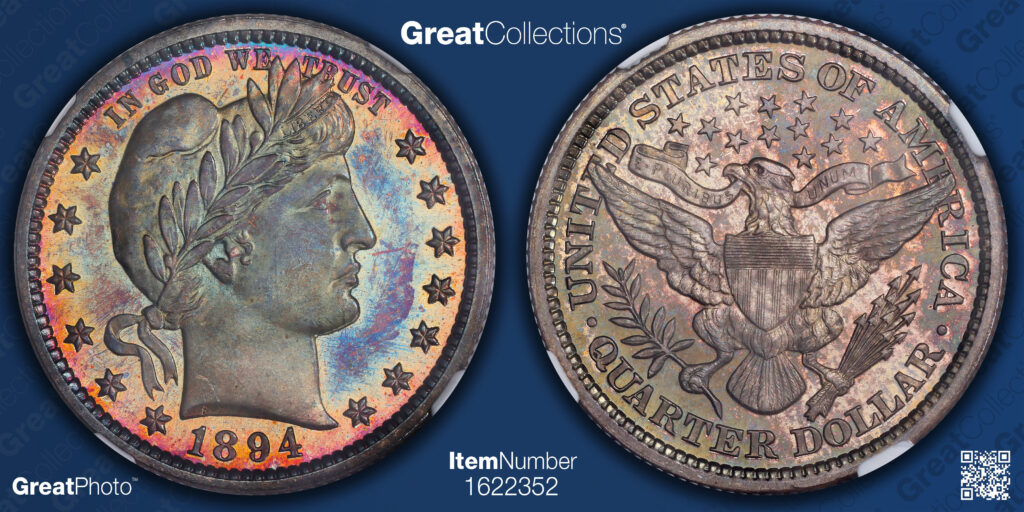
For collectors of gem quality coins, it is fortunate that the CAC population of Barber quarters in the Proof-66 range is more than three hundred, and the total for Proof-67, Proof-67-CAM and Proof-67-DCAM Barber quarters is more than four hundred, including five that are CACG certified as Proof-67+. Additionally, the CAC population of Barber quarters in the Proof-68 to -69 range is more than two hundred.
An immediate point is that there are an ample number of CAC approved or CACG graded Proof-65 to -69 Barber quarters of all dates, such that it is easy to complete a set. Plus, more will be submitted to CACG in Virginia Beach in the future.
There are no rare dates in the series of Proof Barber quarters. For several dates, Cameo designations are relatively rare. In regard to a few dates, Deep Cameo (DCAM) designations are extremely rare or do not exist.
Most standard references provide the impression that, except for elusive Cameo or DCAM designations for several dates, almost all Proof Barber quarters are valued the same regardless of date. This approach classifies all dates in the series of Proof Barber quarters, without designations, as ‘type coins,’ regardless of date.
Generally, a type coin is a representative of one of the least scarce dates of a design type, in the context of a grade range that is meaningful to most collectors who are interested in the respective coin. I am here referring to Barber quarters in the Proof-64 to -67 range.
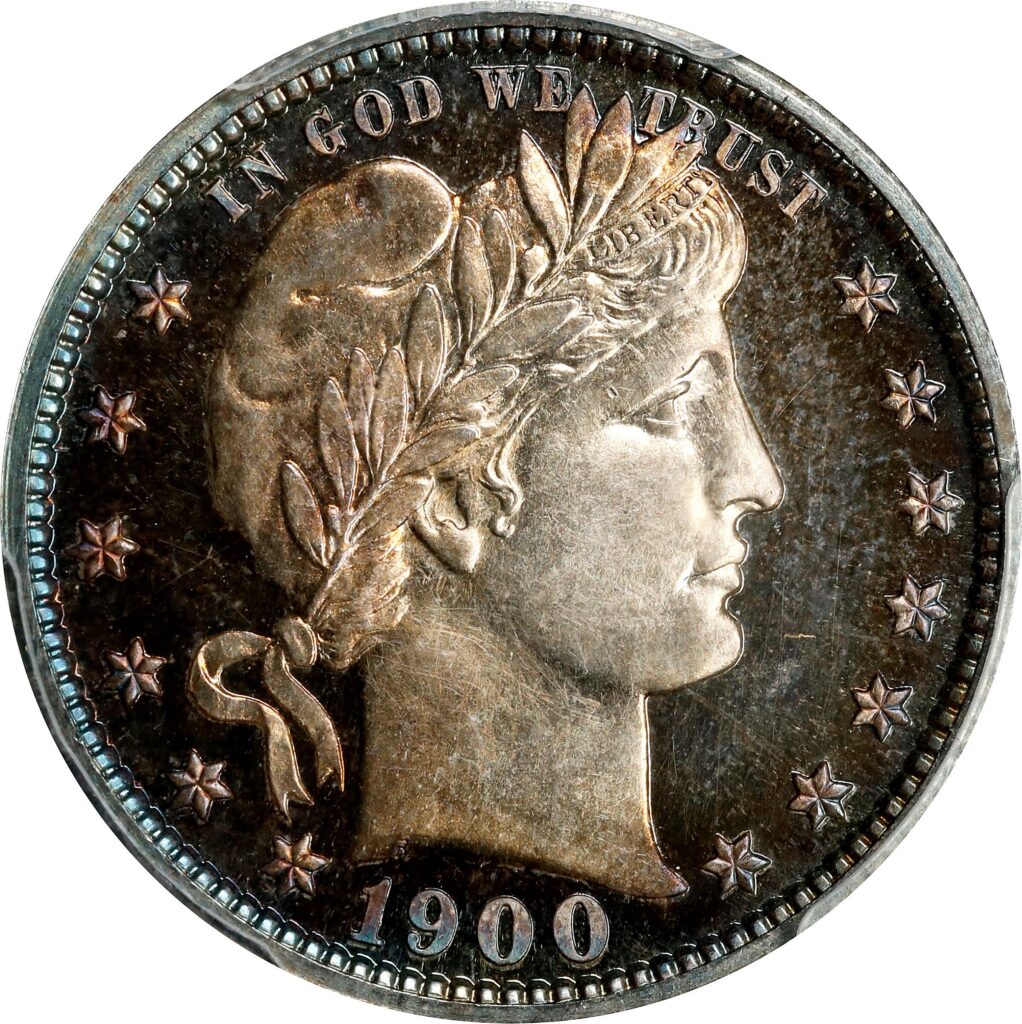
A Proof 1900 quarter is a type coin. On March 23, 2023, Stack’s Bowers auctioned a CAC approved Proof-66-CAM 1900 quarter for $2880. Eight months later, Heritage sold a different CAC approved Proof-66-CAM 1900 quarter for the same price, $2880.
Though otherwise a type coin, the Proof 1900 quarter is extremely rare with a DCAM designation. Most writers and researchers refer to type coins, the least scarce dates in a series, as “common dates.”
In regards to U.S. silver coins minted before 1934, except some silver dollars, I refuse to refer to the least scarce dates as “common dates”; they are scarce, not common. Collectors assembling type sets, which require just one coin of each design type, tend towards the least scarce dates in a series, as these are usually the least expensive and the least difficult to acquire. It is traditional to refer to the least scarce dates in a series as type coins. Of the same design type, type coins of equivalent quality and appearance are valued the same, on average.
The CPG-CAC estimates of medium retail prices for Proof-65 to -67 Barber quarters, without designations, are the same for all dates except for the 1912, the 1914 and the 1915. Even so, the CPG-CAC retail estimates for Barber quarters with CAM or DCAM designations vary considerably.
I am skeptical of some of the value estimates in price guides for Proof Barber quarters. While it is true that Proof 1912, 1914 and 1915 Barber quarters should and do command premiums over corresponding coins of most other dates in the series, I maintain that there are additional ‘better dates.’
As is indicated in the CAC set registry scoring for Proof Barber quarters, the 1907 is a better date. Of the twenty-four dates in the series of Proof Barber quarters, twenty of them have a CAC rating of four points. The 1907, however, has a rating of five points, so it is separated by CAC from the pack. The 1914 is the only other date in this series that has a CAC rating of five points, and the 1915 is considered by the CAC registry to be the scarcest Proof Barber quarter, with a rating of six points.
For some reason, the Proof 1892 quarter is CAC rated lower than the type coins, though I think that this is an error. It is not much more plentiful than all the type coins. A question is whether 1901 to 1906 Proof Barber quarters are underrated.
The lack of premiums realized at auction notwithstanding, I theorize that 1901 to 1906 Proof quarters are ‘better dates.’ I acknowledge that price guides and population data, if interpreted narrowly, do not strongly support my view.
Generally Proof U.S. coins from the 1901 to 1906 time period are less likely to have a ‘Cameo’ contrast than Proofs that were minted earlier or after 1906.
As DCAM designations are so rare for 1901 to 1908 quarters, even a small chance of receiving a DCAM designation made multiple resubmissions financially worthwhile. It is relevant that a substantial number, though not nearly all, Proof U.S. silver and gold coins dating from 1901 to 1906 were produced with a different technique for treating the design elements on the dies. The resulting coins are a little more difficult to grade and were not professionally graded as consistently as most Brilliant Proof coins minted shortly before 1901 or after 1906.
An immediate point is that 1901 to 1906 silver and gold Proofs were more likely to be resubmitted for two intertwined reasons. One reason is the rarity of CAM or DCAM designations. Grading wholesalers tend to seek particularly valuable CAM or DCAM designations. The second reason is that the slightly different preparation of the dies for many (not all) Proof Barber quarters dating from 1901 to 1906 resulted in these not being professionally graded as consistently as earlier and later Proof Barber quarters. Inconsistencies in grading lead to more submissions to grading services of the same coins and artificially higher numbers in population reports.
During the 1990s and early 2000s, many coins were submitted multiple times. Over the past thirty years, some grading wholesalers have not returned all printed labels to the respective grading services after removing coins from their respective holders.
In any series of classic U.S. coins, some dates are more likely to be ‘cracked out’ of holders and resubmitted than other dates. It is important to take this reality into consideration when interpreting population reports. A noteworthy number of coins that were ‘cracked out’ of PCGS or NGC holders in the past have been submitted to CAC more than once, often with different PCGS or NGC serial numbers. .

The 1900 to 1908
For Proof Barber quarters dated from 1900 to 1908, DCAM designations are extremely rare, to the extent that they exist at all. Except two for the 1901 and five for the 1903, CAC has not certified any Barber quarters minted from 1900 to 1906 with a DCAM designation. The eighteen 1904 quarters and eight 1908 quarters listed in the CAC pop report as having a CAM designation are subject to additional demand because CAC has certified zero 1904 quarters and zero 1908 quarters with a DCAM designation.
For the 1906, CAC has certified just two with a CAM designation and zero with a DCAM designation. This fact should be taken into consideration while interpreting the total of fifty-four Proof 1906 quarters without a designation in the CAC pop report. It is not that large a number and probably includes several resubmissions.
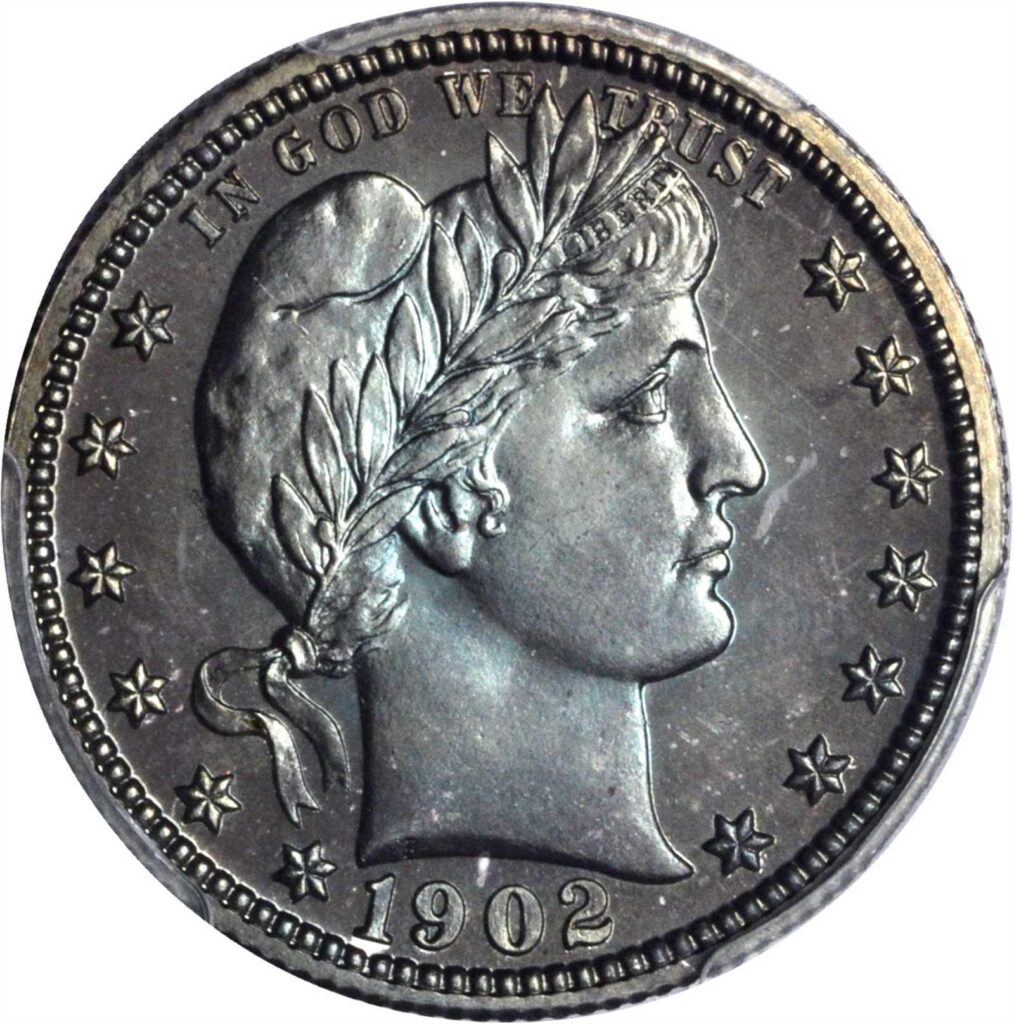
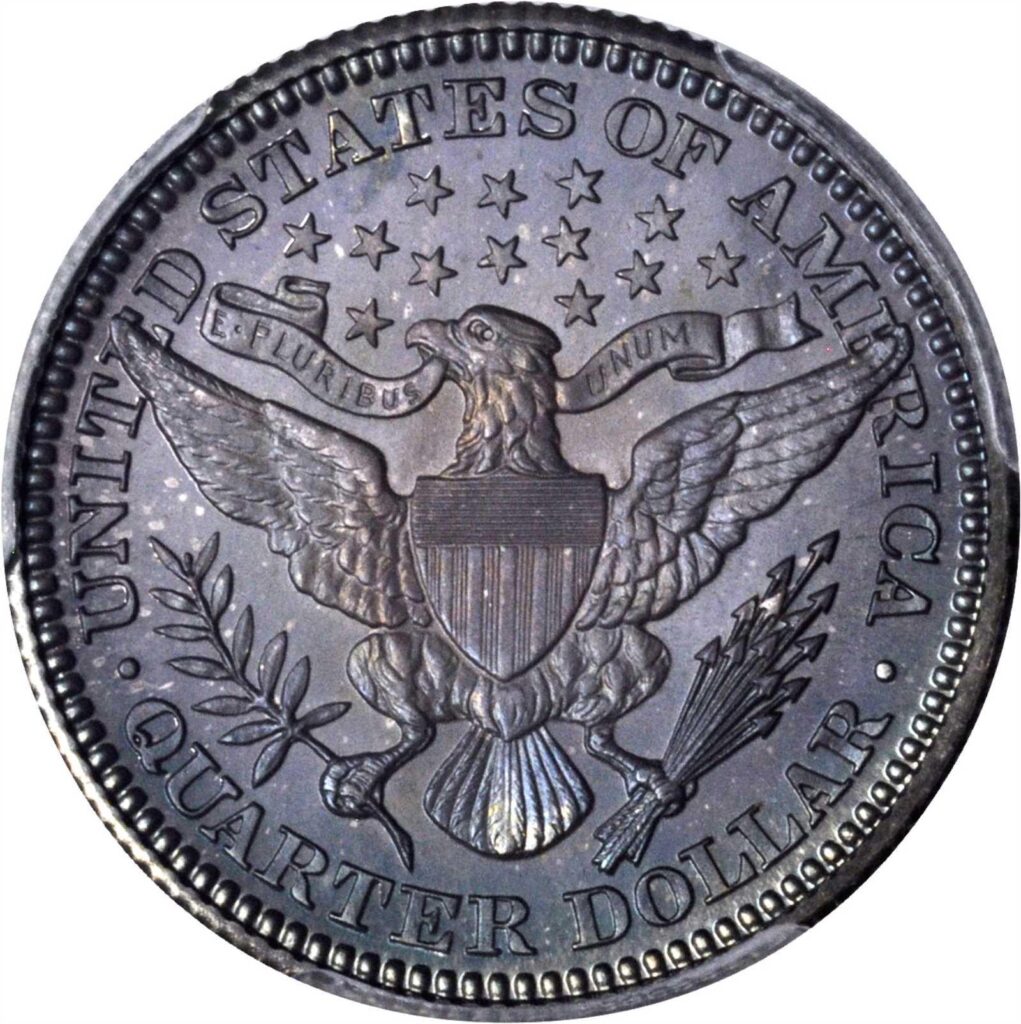
Since the founding of GreatCollections in 2010, this firm has sold just two CAC approved Proof 1902 quarters. Stack’s Bowers has offered three CAC approved, Proof 1902 quarters, none since 2017. Heritage has not auctioned a CAC approved, Proof 1902 quarter since their sale, on Oct. 7, 2021, of a CAC approved, NGC certified Proof-68 1902 quarter for $22,800.
On June 19, 2023, Heritage sold a CAC approved, PCGS certified Proof-65 1903 for $1920. On Jan. 19, 2025, Heritage auctioned a CAC approved Proof-66-CAM 1904 quarter for $2160, a reasonable price. Indeed, Heritage sold this exact same 1904 in the same holder for $2040 on Jan. 3, 2018, during a period when markets for scarce U.S. coins were not faring well. On Nov. 21, 2024, Stack’s Bowers auctioned a CACG certified Proof-67 1905 quarter for $2520, a type coin price, yet the 1905 might be a ‘better date.’
The 1899
The fact that the CAC population of 1899 quarters is relatively low supports my hypothesis that the Proof 1899 quarter is relatively scarce and is a ‘better date.’ I acknowledge, though, that Proof 1899 quarters tend to be priced as type coins, as if the date does not matter.
As of March 10, 2025, the CAC pop of Proof 1899 quarters was forty-three in total, including eighteen with a CAM designation and just two with a DCAM designation. In comparison, the total CAC populations of other Proof Barber quarters from the same time period are illuminating: 1895 – ninety-two, 1896 – sixty-seven, 1897 – fifty-three, 1898 – seventy-seven, 1900 sixty-five, 1901 seventy-five. Each of these pop totals is significantly higher than the CAC pop of Proof 1899 quarters, forty-three.
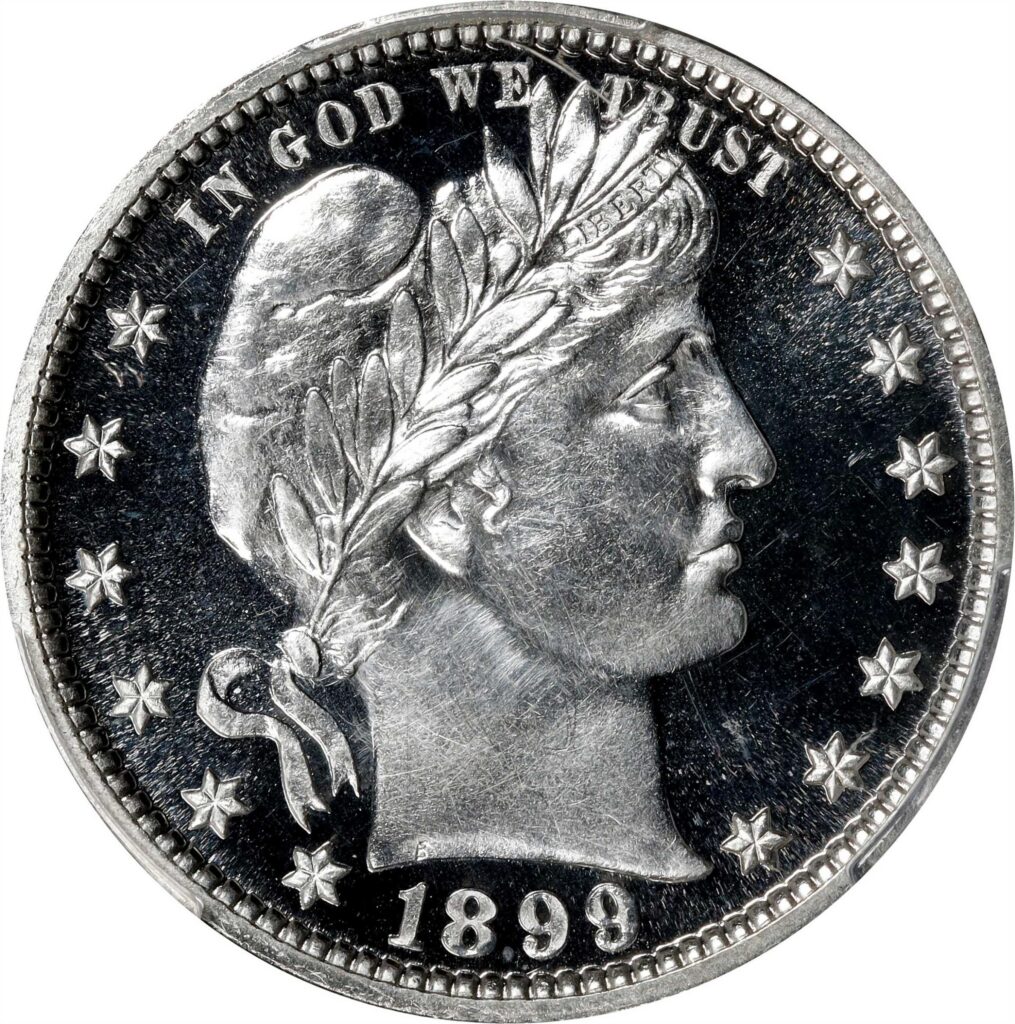
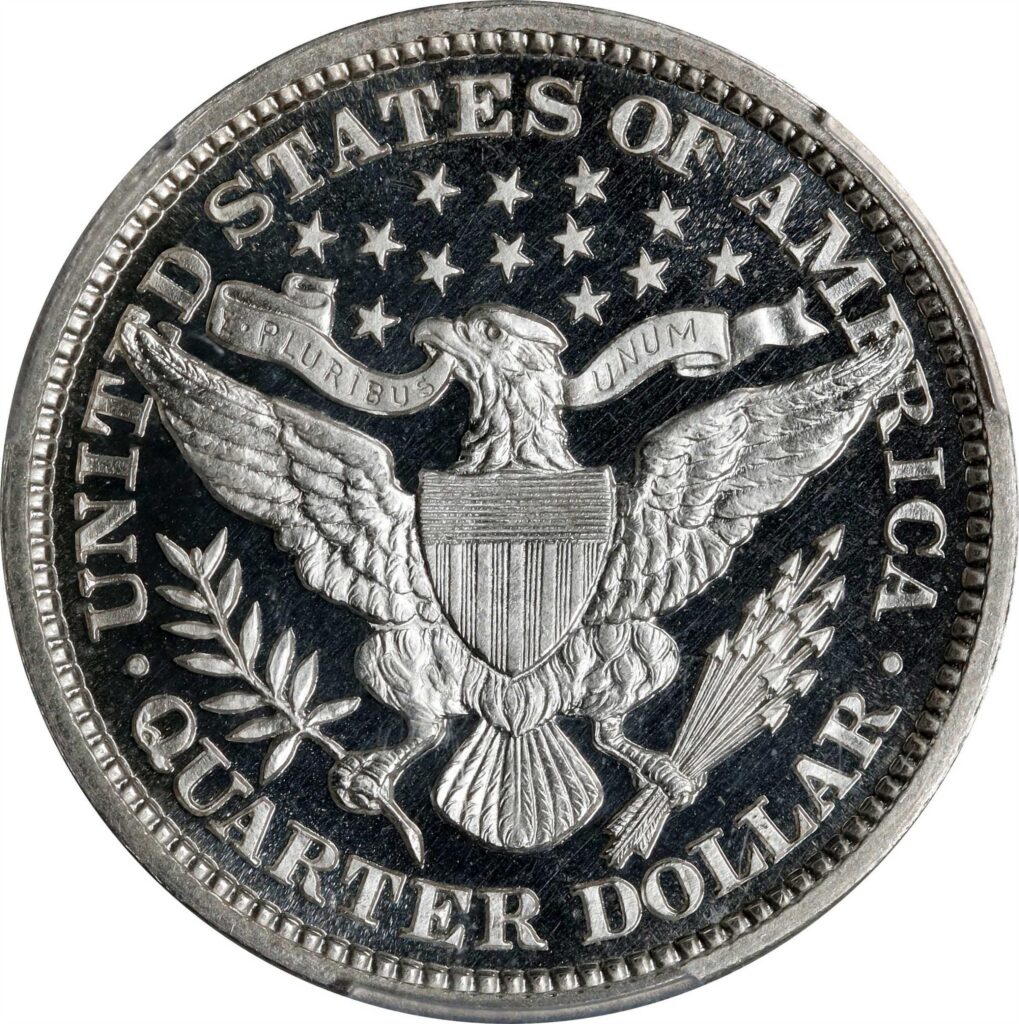
On Nov. 3, 2022, Stack’s Bowers auctioned a CAC approved, PCGS certified Proof-64+ CAM 1899 for $2520. On Jan. 14, 2024, Heritage auctioned a CAC approved Proof-66 1899 quarter with entertaining colors for $1620. On Aug. 12, 2024, Heritage auctioned a CAC approved Proof-66-CAM 1899 quarter for $3360, more than twice as much.
Is the 1912 a ‘Better Date’?
Is a Proof 1912 quarter worth a premium over an equivalent representative of one of the least scarce dates (type coins)? Should it be?
As of March 6, 2025, the total CAC population of Proof 1912 quarters was forty-eight. In contrast, the total CAC populations were 131 for the 1892, ninety-three for the 1893, sixty-four for the 1894, ninety-two for the 1895, sixty-seven for the 1900, sixty-nine for the 1904, and seventy-six for the 1911. I have been viewing Proof Barber quarters often since I was twenty-six years old, and I have seen very few Proof 1912 quarters. It may be an unrecognized ‘better date.’
There is overall agreement that the 1914 and 1915 quarters are ‘better dates’ in Proof format. Nevertheless, it is not too difficult to find a CAC approved 1914 or 1915. On Aug. 22, 2024, Stack’s Bowers auctioned a CAC approved, Proof-64 1914 quarter for $1200.
Ending Remarks
On the whole, a CAC-only set of Proof Barber quarters is not difficult to assemble. Budget-minded collectors should try to avoid paying substantial premiums for CAM designations. It should be kept in mind that some dates that are classified as type coins might really be ‘better dates’ and thus deserving of premiums, which may or may not be realized.
Aggressive, registry set competitors should be prepared to pay very large premiums for representatives of several dates with CAM or DCAM designations. My dissenting opinion is that many Proof Barber quarters without designations are more appealing than those with CAM or DCAM designations.
All images shown are courtesy of GreatCollections (Irvine CA), except two images of a 1901-O quarter, which are courtesy of Stack’s Bowers Galleries (Costa Mesa CA).
Copyright © 2025 Greg Reynolds
About the Author
Greg is a professional numismatist and researcher, having written more than 775 articles published in ten different publications relating to coins, patterns, and medals. He has won awards for analyses, interpretation of rarity, historical research, and critiques. In 2002 and again in 2023, Reynolds was the sole winner of the Numismatic Literary Guild (NLG) award for “Best All-Around Portfolio”.
Greg has carefully examined thousands of truly rare and conditionally rare classic U.S. coins, including a majority of the most famous rarities. He is also an expert in British coins. He is available for private consultations.
Email: Insightful10@gmail.com

